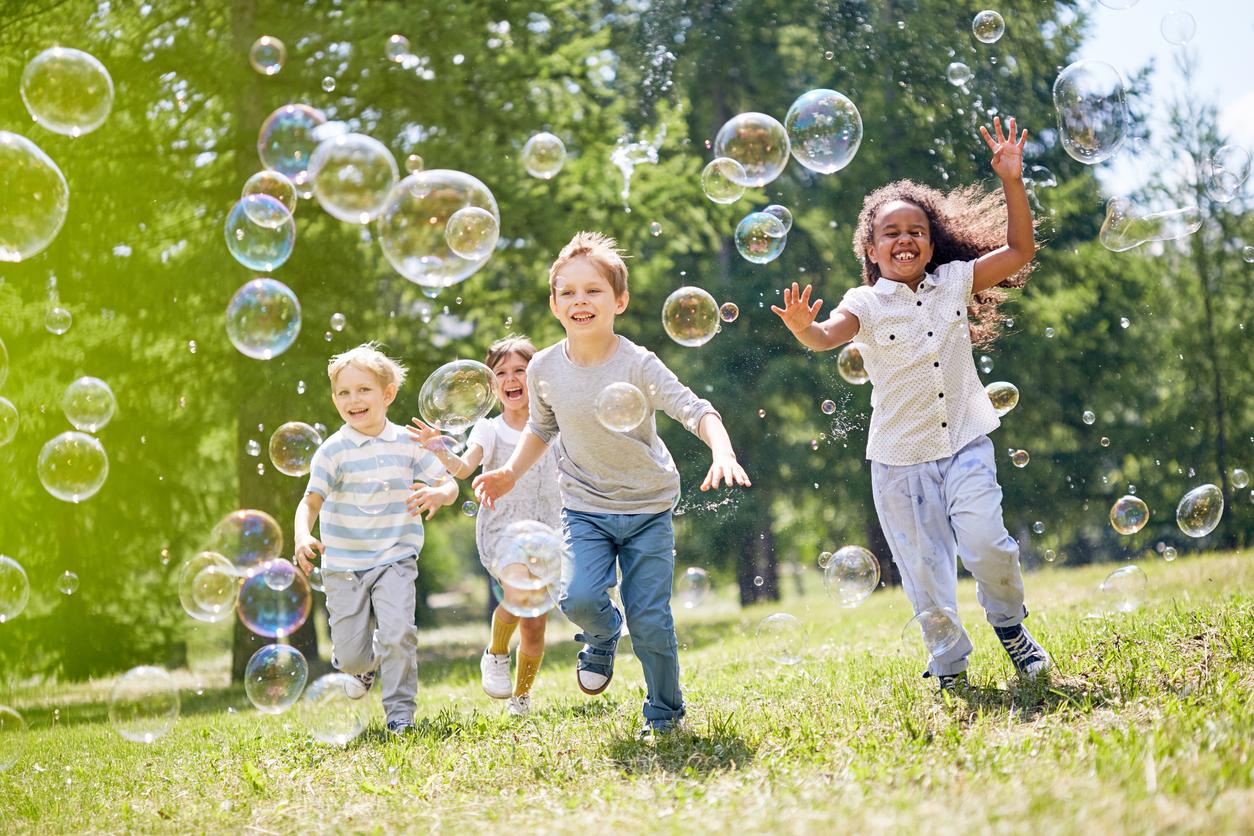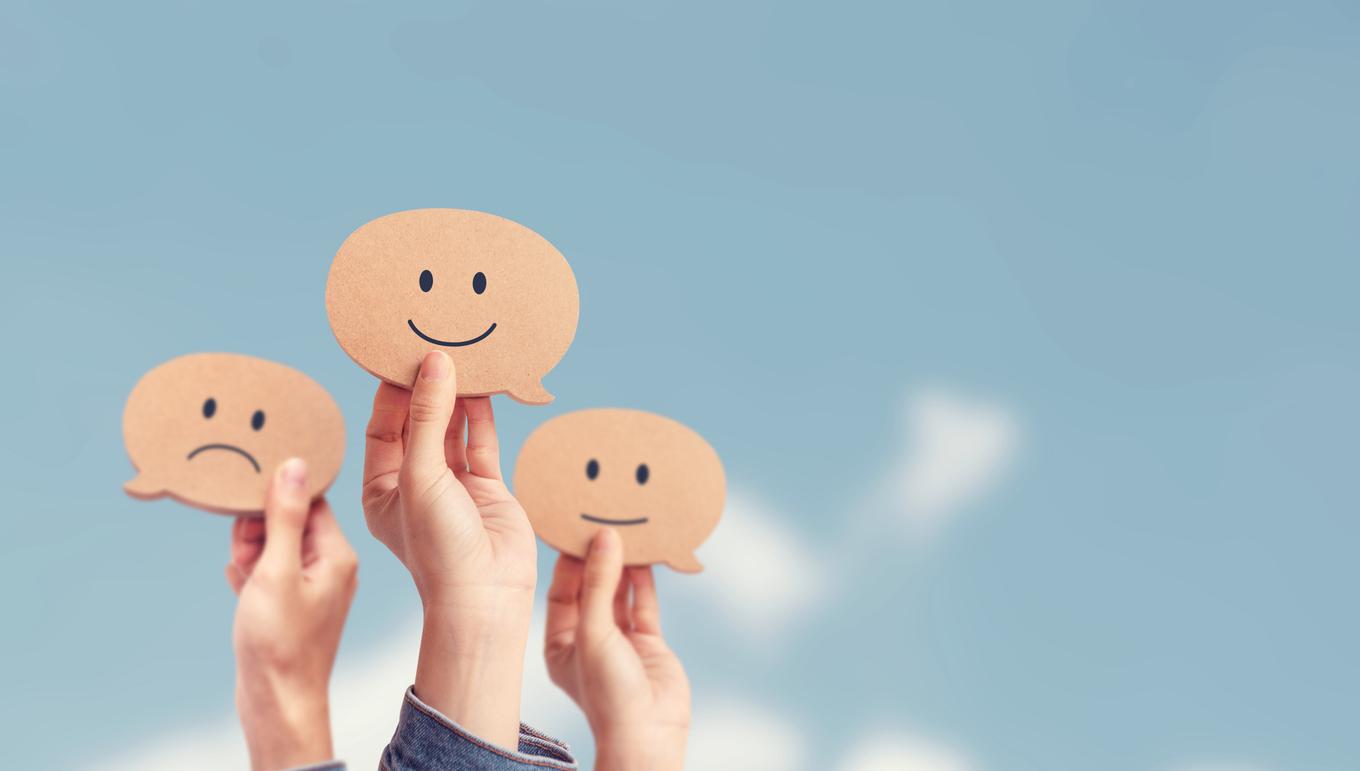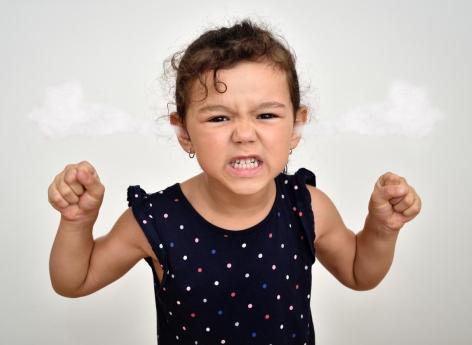Every child is unique in the way they perceive and respond to the world around them.

- The part of the brain that helps control emotions and impulses develops throughout childhood. Thus, some learn to calm down while others, with different development, are more sensitive and reactive.
- It is observed that in young girls, this part of the brain generally develops faster, which could explain why they often seem less impulsive than boys.
- Expectations and interactions within the family environment also play a crucial role in children’s behavioral development. Often, parents unknowingly encourage different behaviors in girls and boys, influencing how they deal with arousal.
In the development of each child, managing emotions is a process that evolves over time. While some seem naturally more composed, others show noticeable excitement when faced with the same situations. By understanding these differences, it is possible to adopt more empathetic and constructive strategies to support each child at their own pace.
Brain development and individual differences
A child’s brain is constantly changing. The part of the brain that helps control emotions and impulses develops throughout childhood. Thus, some learn to calm down while others, with different development, are more sensitive and reactive.
This is partly due to the uneven development of brain regions responsible for controlling impulses and emotions. It is observed that in young girls, this part of the brain generally develops faster, which could explain why they often seem less impulsive than boys.
The influence of the family and social environment
Expectations and interactions within the family environment also play a crucial role in children’s behavioral development. Often, parents unknowingly encourage different behaviors in girls and boys, influencing how they deal with arousal.
Girls are sometimes more encouraged to express their emotions verbally, which helps them to better control them, while boys are often encouraged to play more physical games, exacerbating their impulsivity.
How to help children manage their excitement
It is essential not to expect a child to calm down on their own when they are excited. Simple techniques like deep breathing, where the child imagines a balloon inflating and deflating as they breathe, can be beneficial.
Other methods, such as offering reassuring hugs, playing games that require concentration, or encouraging regular physical activity, can also be helpful. Finally, it is essential to recognize and name the emotions felt by the child to allow them to feel understood and supported, thus making it easier to manage their reactions.
Read more: “Too much joy!” by Ségolène de Nouel, Violaine Moulière and Gaëlle Tertrais.

















